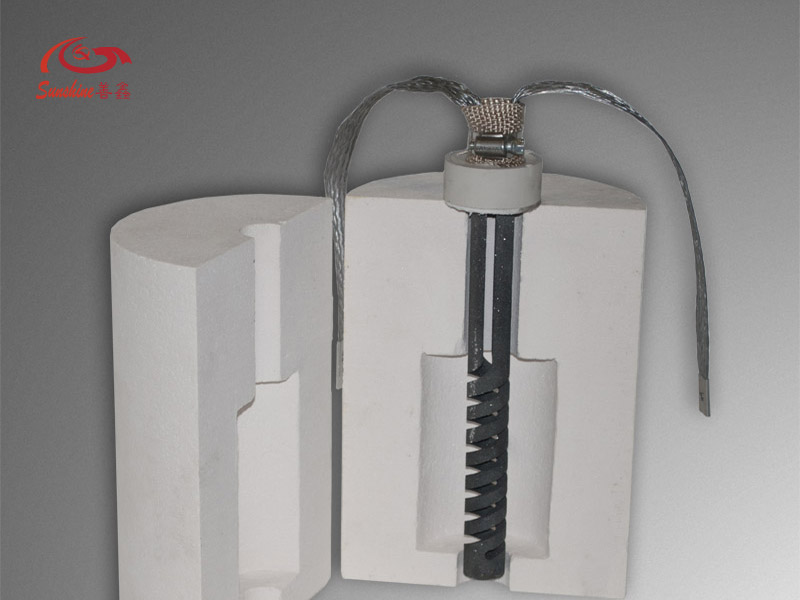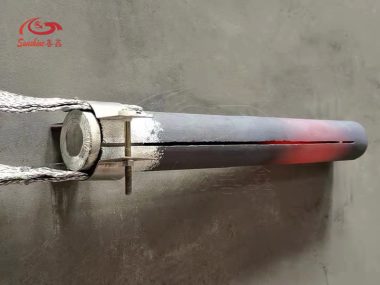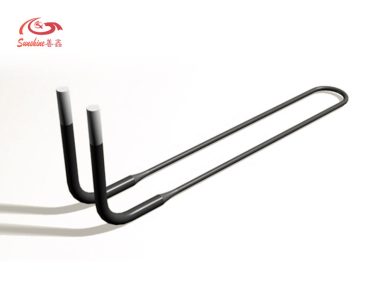Silicon carbide rods have the advantages of small high-temperature deformation, fast heating, etc. And as electric heating elements, silicon carbide rods are easier to install and maintain than others, which are convenient, safe and reliable. Silicon carbide rods are widely used in high-temperature fields such as electronics, magnetic materials, powder metallurgy, ceramics, glass, semiconductors, analytical testing, scientific research, etc., and have become electric heating elements for tunnel kilns, roller kilns, glass kilns, vacuum furnaces, muffle furnaces, smelting furnaces and various heating equipment.
The installation and maintenance of silicon carbide rods are relatively convenient, but there are also some operations that need to be paid attention to during the installation and use process:
(1) When installing silicon carbide rods, both ends should be covered with sleeves made of insulation cotton to separate the silicon carbide rods and the electrode bricks, otherwise the silicon carbide rods and the electrode bricks will be stuck by the glass volatiles. The heat resistance temperature of the sleeve must adapt to the temperature of the feeding channel. If the heat resistance temperature is too low, the sleeve will melt and corrode the silicon carbide rod after melting, and it will also stick the rod, making it difficult to replace the silicon carbide rod.
(2) The rod hole must be aligned correctly to ensure that the rod can rotate 360° freely after installation, and the rod must not be jammed.
(3) A certain safety distance must be ensured between the silicon carbide rod and the channel cover plate and the material liquid level. The rod is too close to the cover plate will cause local overheating of both; the rod is too close to the material liquid level, which will increase the corrosion of the glass volatiles on the rod. The rod may deform and bend and easily contact with the liquid level, causing the glass liquid to be electrified.
(4) In principle, the silicon carbide rods should be replaced as a whole group to avoid mixing new and old rods. However, in practice, most manufacturers are reluctant to do so. It is troublesome and wasteful. A more feasible method is to pull out the broken rod under the premise that the temperature can be guaranteed. Plug the rod hole without installing a new rod. When a broken rod occurs next time, do the same. When the temperature does not meet the requirements, pull out all remaining rods in the group and replace them with a new group of rods. If the transformer has been adjusted to high voltage gear , it should be adjusted back to the lowest gear before sending electricity for heating. Save the unbroken silicon carbide rods that are removed and use them together with old rods next time (of course, it is best to measure each rod’s voltage , current , calculate each rod’s resistance before removing it , mark it on one end of each rod , so that they can be grouped according to resistance values).






